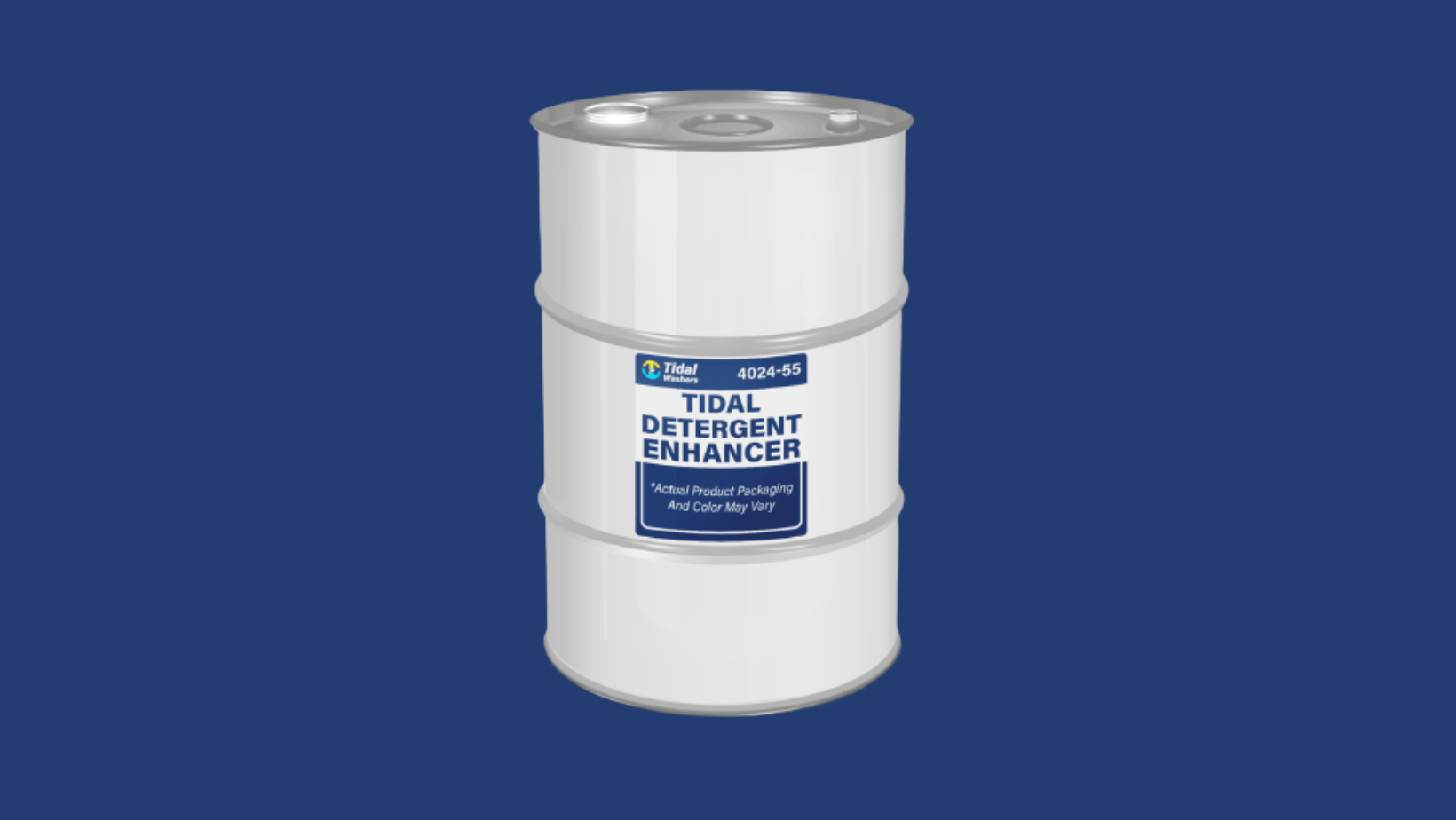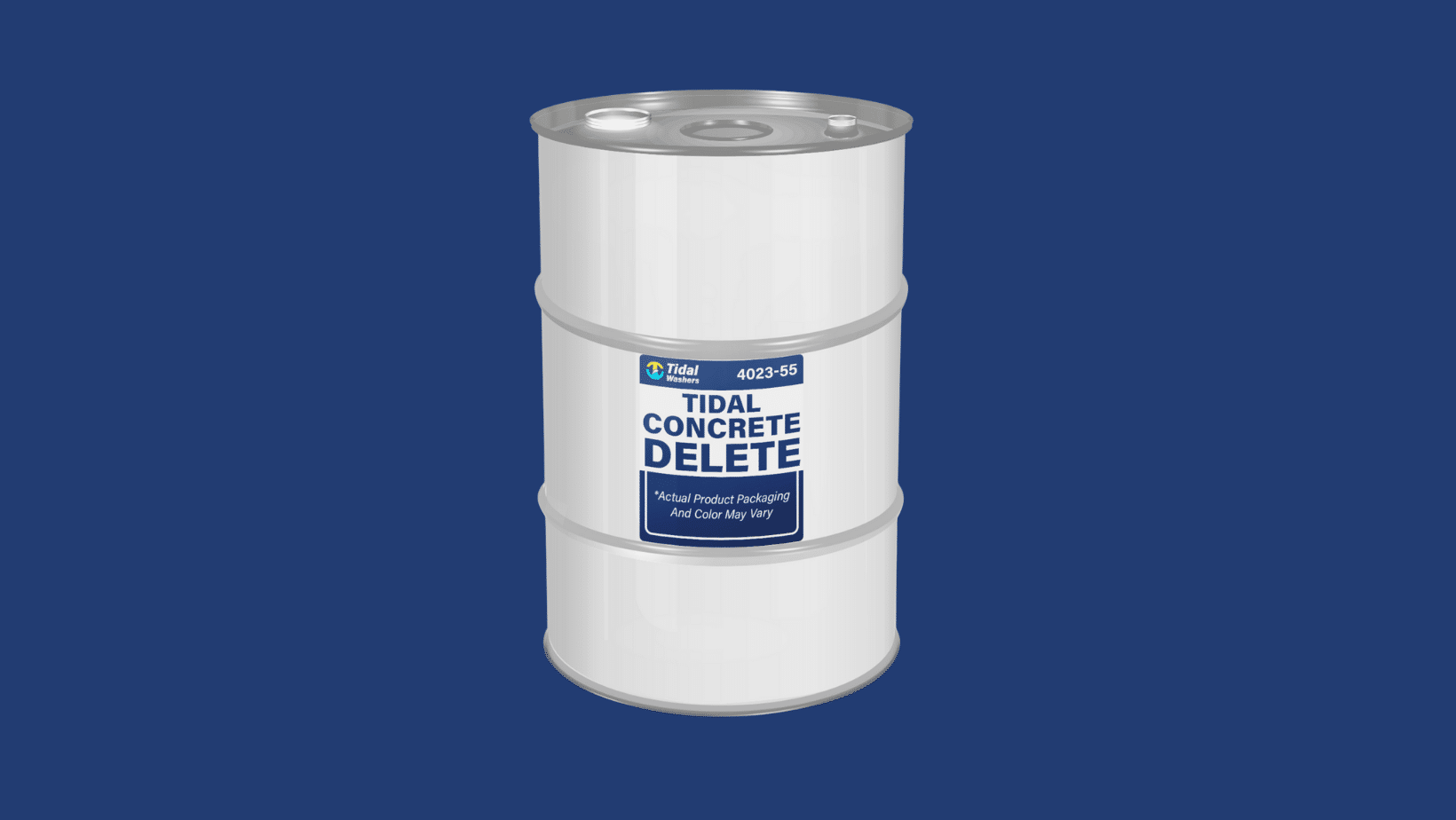Lithium is an essential resource used in the manufacturing of rechargeable and non-rechargeable batteries. Found in everything from smartphones to...
Blog


CHEMICAL INDUSTRY NEWS
Chemical Chat – Discover What’s New!
The Benefits of Tidal Detergent Enhancer
What Is Tidal Detergent Enhancer? Tidal Detergent Enhancer is an industrial chemical solution that primarily consists of ethoxylated nonylphenol...
The Benefits of Tidal Concrete Delete
Definition of Tidal Concrete Delete Tidal Concrete Delete is an acidic cleaning solution whose main ingredients include phosphoric acid (60%-70% by...
Earth Day 2022 in the Chemical Industry: Green Initiatives & More
This year marks the 52nd occurrence of the global event known as Earth Day. April 22nd is a day that unites people and...
The Benefits of Tidal Detergent Enhancer
What Is Tidal Detergent Enhancer? Tidal Detergent Enhancer is an industrial chemical solution that primarily consists...
Company News

Managed Services
Discover the Latest in Safe and Sustainable Chemical Solutions
Stay informed with Ecolink’s blog! Subscribe now
Chemical Management Information
Stay updated with us
Sign Up for the Latest Updates
Stay informed about chemical supply chain disruptions and emerging innovations to keep your business at the forefront of efficiency and innovation. Uncover new ways to make your business practices more sustainable by incorporating safer products into your cleaning lineup.


























